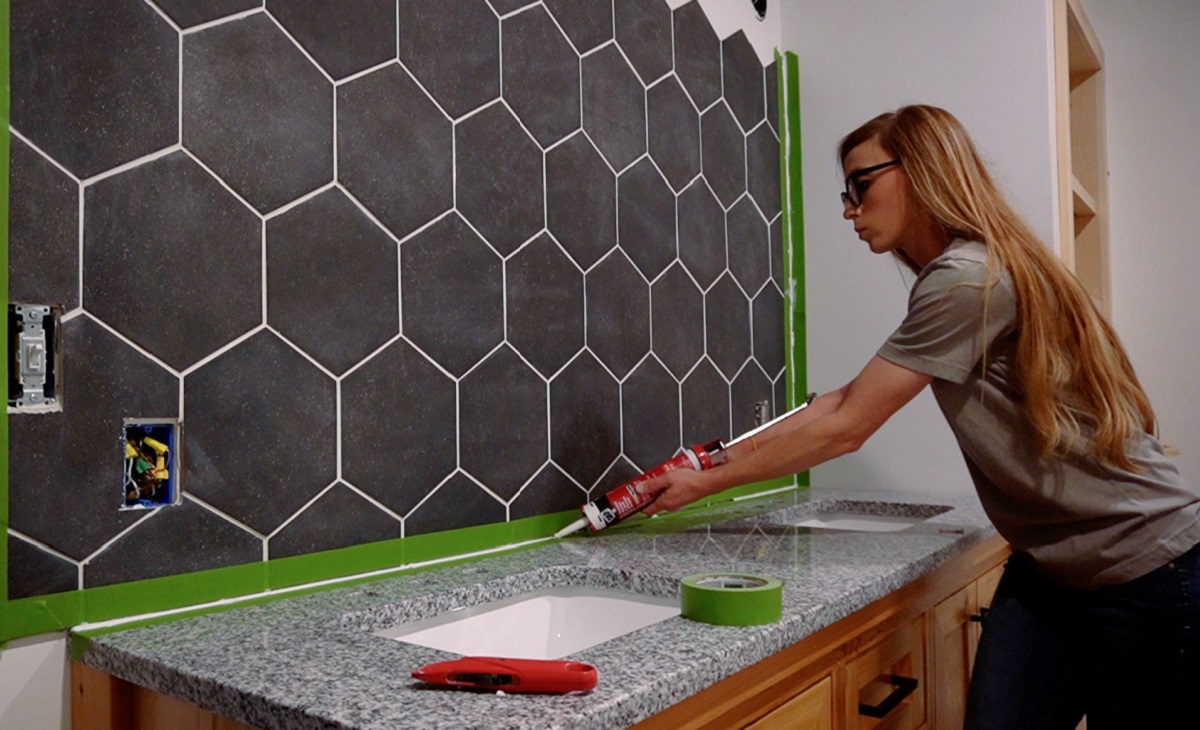

Articles
What Type Of Caulk For A Vanity Top
Modified: May 6, 2024
Discover the best type of caulk for your vanity top in this comprehensive article. Find tips, recommendations, and expert advice to ensure a successful installation.
(Many of the links in this article redirect to a specific reviewed product. Your purchase of these products through affiliate links helps to generate commission for Storables.com, at no extra cost. Learn more)
Introduction
When it comes to installing or repairing a vanity top, choosing the right type of caulk is crucial. Caulk plays a significant role in sealing gaps and preventing moisture from seeping into the vanity top, which can lead to damage over time. With a wide range of caulk options available on the market, it’s essential to understand the different types and their properties before making a decision.
In this article, we will explore the various types of caulk suitable for vanity top installations and discuss their characteristics, applications, and benefits. By the end of this article, you will have a better understanding of which caulk type is best suited for your vanity top project.
Key Takeaways:
- Choose silicone caulk for high-moisture vanity tops due to its durability, flexibility, and resistance to mold and mildew. It ensures a long-lasting, watertight seal, perfect for bathroom environments.
- Opt for polyurethane caulk for vanity tops in high-moisture or fluctuating temperature areas. Its strong adhesion, moisture resistance, UV resistance, and durability make it suitable for various materials and environments.
Read more: What Type Of Caulk To Use For Backsplash
Silicone Caulk
Silicone caulk is one of the most popular choices for vanity top installations. It is a durable and flexible caulk that provides excellent water resistance, making it ideal for areas prone to moisture, such as bathroom vanities. This type of caulk is made from silicones, which are synthetic polymers.
One of the key advantages of silicone caulk is its long-lasting properties. It remains flexible even after curing, allowing it to expand and contract with temperature changes and movement without cracking. This flexibility helps to prevent water and moisture from seeping into the gaps, helping to maintain the integrity of the vanity top.
Additionally, silicone caulk is resistant to mold and mildew growth, which is a common issue in bathroom environments. Its non-porous nature makes it difficult for mold and mildew to develop, reducing the need for frequent cleaning and maintenance.
When applying silicone caulk, it is important to note that it requires proper surface preparation for optimal adhesion. Any previous caulk residue or debris should be removed, and the surface should be clean and dry before applying the new caulk. Silicone caulk typically comes in a tube and can be easily applied using a caulk gun.
Overall, silicone caulk is an excellent choice for vanity top installations, especially in areas with high moisture levels. Its durability, flexibility, and resistance to mold and mildew make it a reliable option for ensuring a watertight seal.
Acrylic Latex Caulk
Acrylic latex caulk is another popular option for vanity top installations. It is a water-based caulk that is easy to work with and offers a variety of benefits. This type of caulk is made from a combination of acrylic resin and latex, resulting in a durable and flexible seal.
One of the advantages of acrylic latex caulk is its versatility. It can be used on various surfaces, including ceramic, porcelain, and laminate, making it a suitable choice for different types of vanity tops. Additionally, acrylic latex caulk can be easily painted over, allowing you to match the caulk color with your vanity top or surrounding area.
Acrylic latex caulk is known for its quick-drying properties. It typically cures within 24 hours, depending on the humidity levels and temperature. This fast-drying feature makes it convenient for vanity top installations, as you can proceed with other tasks sooner.
While acrylic latex caulk provides a good level of water resistance, it is not as durable as silicone caulk. It may not withstand continuous exposure to water or high-moisture areas like bathrooms as effectively. However, for vanity tops in areas with less moisture exposure, acrylic latex caulk can still offer adequate protection.
When applying acrylic latex caulk, similar to silicone caulk, proper surface preparation is essential. The surface should be clean and dry, and any previous caulk residue should be removed. Acrylic latex caulk can be applied using a caulk gun or squeezed directly from the tube.
In summary, acrylic latex caulk is a versatile and easy-to-use option for vanity top installations. It offers quick drying time, paintability, and good water resistance. However, it may not be suitable for areas with high moisture levels or continuous water exposure.
Polyurethane Caulk
Polyurethane caulk is a durable and flexible option for vanity top installations. It is a hybrid caulk that combines the qualities of silicone and acrylic latex caulks, making it suitable for various applications.
One of the notable features of polyurethane caulk is its exceptional adhesion. It adheres well to a wide range of surfaces, including both porous and non-porous materials commonly used in vanity tops, such as stone, granite, and solid surface materials. This strong adhesion ensures a secure bond and prevents water penetration.
This type of caulk is also highly resistant to moisture, making it an excellent choice for bathroom vanity tops. It forms a tight seal that prevents water from seeping into the gaps and causing damage. Polyurethane caulk is also UV resistant, which means it will not break down or deteriorate when exposed to sunlight, making it suitable for vanity tops near windows or in well-lit areas.
In addition to its water and UV resistance, polyurethane caulk is known for its flexibility and durability. It can withstand movement and temperature fluctuations without cracking or shrinking, ensuring a long-lasting seal. This versatility makes it suitable for both interior and exterior vanity top installations.
When applying polyurethane caulk, it is important to note that it has a longer curing time compared to silicone and acrylic latex caulks. It can take up to 24-48 hours or longer, depending on the humidity and temperature conditions. It is recommended to allow the caulk to fully cure before exposing it to water or other stresses.
Overall, polyurethane caulk is a reliable choice for vanity top installations, especially in areas with high moisture or temperature fluctuations. Its strong adhesion, moisture resistance, UV resistance, and durability make it a suitable option for a wide range of vanity top materials and environments.
Use a silicone-based caulk for sealing the vanity top. Silicone caulk is waterproof, flexible, and durable, making it ideal for areas prone to moisture and movement. Be sure to choose a caulk color that matches your vanity top for a seamless finish.
Butyl Rubber Caulk
Butyl rubber caulk is a versatile and durable option for vanity top installations. It is a synthetic rubber-based caulk that offers excellent sealing properties and is widely used for its adhesive strength.
One of the primary advantages of butyl rubber caulk is its exceptional water resistance. It forms a waterproof seal that effectively prevents moisture from penetrating the gaps, making it suitable for vanity tops in high-moisture areas like bathrooms or kitchens.
Butyl rubber caulk also exhibits excellent flexibility, allowing it to stretch and accommodate any movement or shifting that may occur in the vanity top. This flexibility ensures that the caulk maintains its seal even in dynamic environments, avoiding cracks or gaps that would compromise the integrity of the installation.
Additionally, butyl rubber caulk is resistant to UV rays and extreme weather conditions. It does not degrade or break down when exposed to sunlight or harsh outdoor elements, making it suitable for vanity tops in outdoor or exposed areas.
When applying butyl rubber caulk, it is essential to ensure proper surface preparation. The surface should be clean, dry, and free of any debris or previous caulk residue. Butyl rubber caulk can be applied using a caulk gun or by squeezing it directly from the tube.
It is important to note that butyl rubber caulk has a relatively slow curing time compared to other types of caulk. It can take up to 48 hours or longer to fully cure, depending on environmental conditions. It is advisable to avoid exposing the caulk to water or stresses until it has fully cured.
To summarize, butyl rubber caulk offers exceptional water resistance, flexibility, and weather resistance, making it a reliable choice for vanity top installations. Its adhesive strength and durability make it suitable for various applications, including both indoor and outdoor vanity tops.
Hybrid Caulk
Hybrid caulk is a unique type of caulk that combines the qualities of different caulks to offer enhanced performance. It is a versatile option that is gaining popularity for vanity top installations.
One of the key advantages of hybrid caulk is its exceptional adhesion. It adheres well to a wide range of materials commonly used in vanity tops, such as ceramic, stone, or laminate. This strong adhesion ensures a secure bond that prevents water leakage and maintains the longevity of the installation.
Hybrid caulk also offers excellent flexibility, allowing it to withstand movement and temperature fluctuations without cracking or shrinking. This flexibility ensures that the caulk maintains its seal even in dynamic environments, minimizing the risk of water damage and ensuring a long-lasting installation.
In addition to its adhesive properties and flexibility, hybrid caulk is known for its resistance to mold and mildew growth. Its non-porous nature makes it difficult for mold and mildew to develop, ensuring a cleaner and healthier vanity top environment. This is particularly beneficial in bathrooms or other areas where moisture and humidity are present.
When applying hybrid caulk, it is important to follow proper surface preparation guidelines. The surface should be clean, dry, and free of any debris or previous caulk residue. Hybrid caulk can be applied using a caulk gun or by squeezing it directly from the tube.
It is noteworthy that hybrid caulk typically has a relatively quick curing time, allowing for faster completion of the vanity top installation process. However, the curing time may vary depending on the specific brand or product, so it is advisable to follow the manufacturer’s instructions for optimal results.
In summary, hybrid caulk offers a combination of strong adhesion, flexibility, and resistance to mold and mildew growth. Its versatile nature makes it suitable for a variety of vanity top materials and environments. Consider hybrid caulk when looking for a reliable and durable option that provides an effective seal for your vanity top.
Conclusion
Choosing the right caulk for your vanity top installation is essential to ensure a secure, watertight seal. Each type of caulk discussed in this article offers unique properties and benefits, allowing you to make an informed decision based on your specific needs and preferences.
Silicone caulk is a popular choice due to its durability, flexibility, and resistance to mold and mildew. It is particularly suitable for areas with high moisture levels, such as bathroom vanity tops.
Acrylic latex caulk is versatile and easy to work with, offering quick drying time and paintability. It is a good option for vanity tops in areas with less moisture exposure.
Polyurethane caulk combines the qualities of silicone and acrylic latex caulk, providing strong adhesion, resistance to moisture and UV rays, and durability. It is an excellent choice for vanity tops in high-moisture or fluctuating temperature environments.
Butyl rubber caulk offers exceptional water resistance, flexibility, and weather resistance. It is a reliable option for vanity tops in areas that are exposed to high levels of moisture or outdoor conditions.
Hybrid caulk combines the best features of different caulks, providing exceptional adhesion, flexibility, and resistance to mold and mildew growth. It is a versatile option suitable for various vanity top materials and environments.
Ultimately, the best caulk for your vanity top will depend on factors such as the material of the vanity top, the level of moisture exposure, and personal preferences. It is important to carefully consider these factors and select the caulk that best suits your specific requirements.
Remember to follow proper surface preparation guidelines and application techniques for optimal results. Always refer to the manufacturer’s instructions for specific details regarding curing time and other considerations.
With the right caulk, you can ensure a durable, watertight seal for your vanity top, protecting it from water damage and prolonging its lifespan. Invest in high-quality caulk and installation techniques to enjoy a beautiful and functional vanity top for years to come.
Now that you've got the right caulk for your vanity top, why not tackle the next big project? If you're wondering how long upgrading your washroom might take, our next guide offers a clear timeline and helpful insights for bathroom renovations. This piece demystifies the process, making sure you know what to expect every step of the way.
Frequently Asked Questions about What Type Of Caulk For A Vanity Top
Was this page helpful?
At Storables.com, we guarantee accurate and reliable information. Our content, validated by Expert Board Contributors, is crafted following stringent Editorial Policies. We're committed to providing you with well-researched, expert-backed insights for all your informational needs.
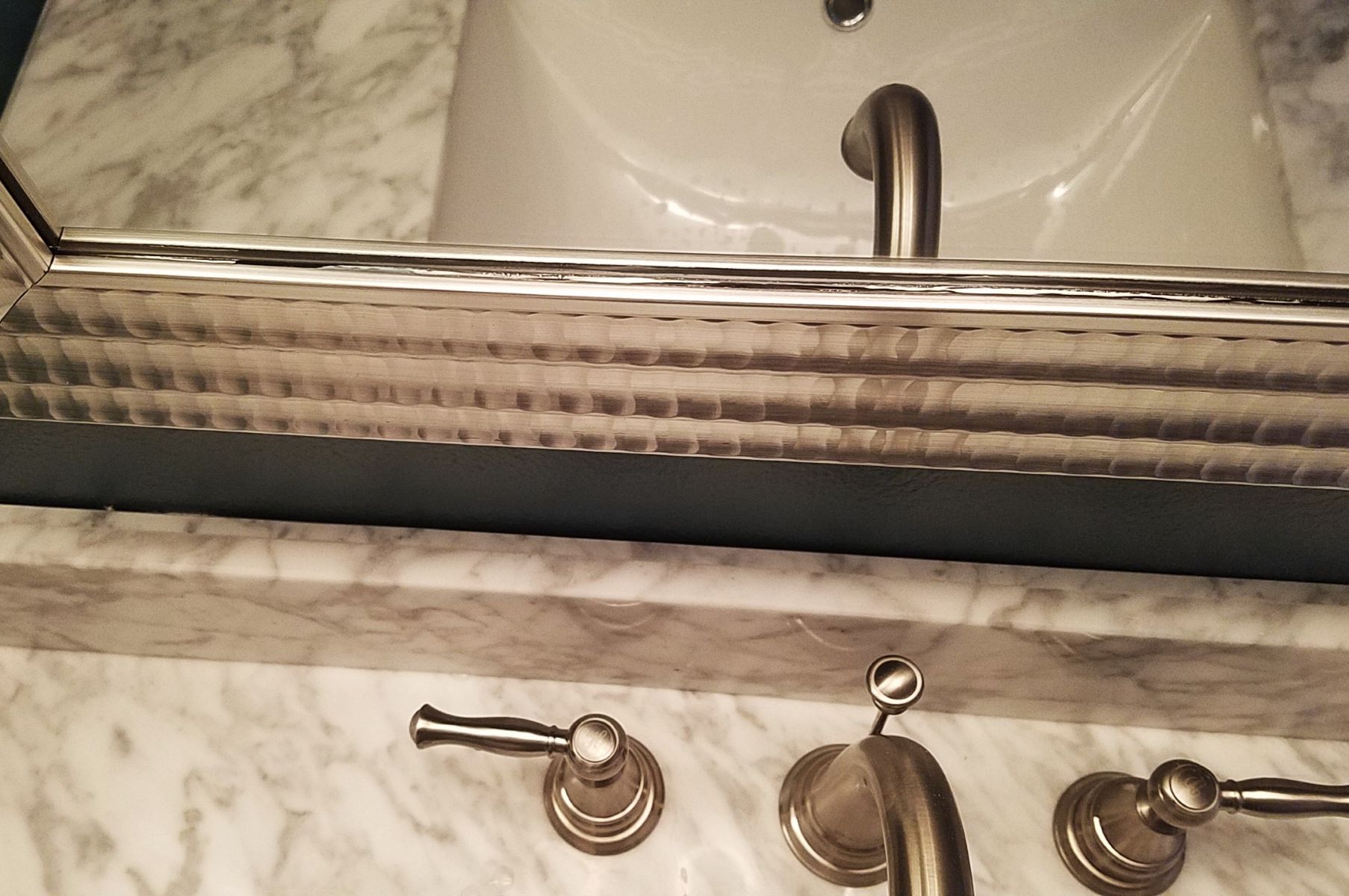
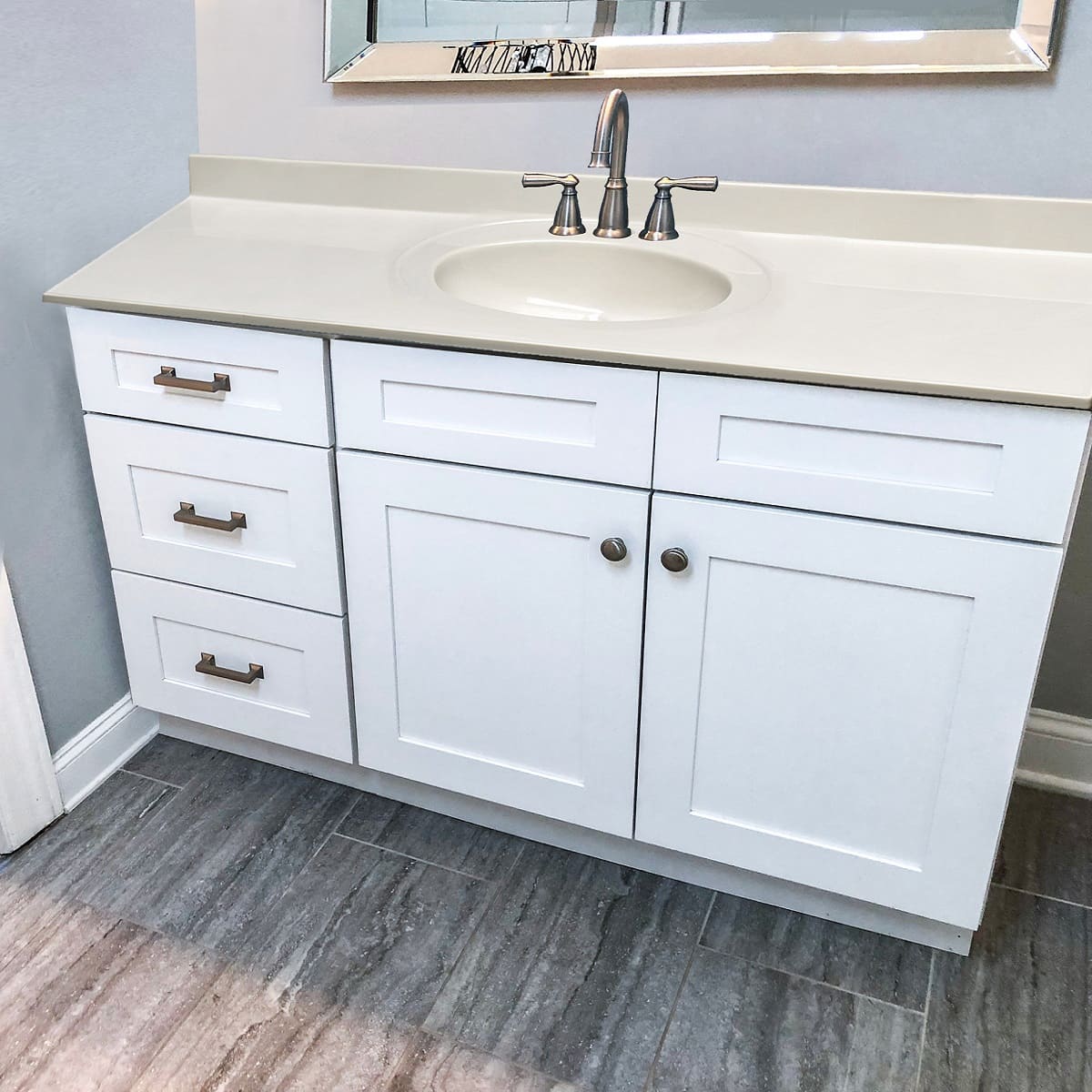
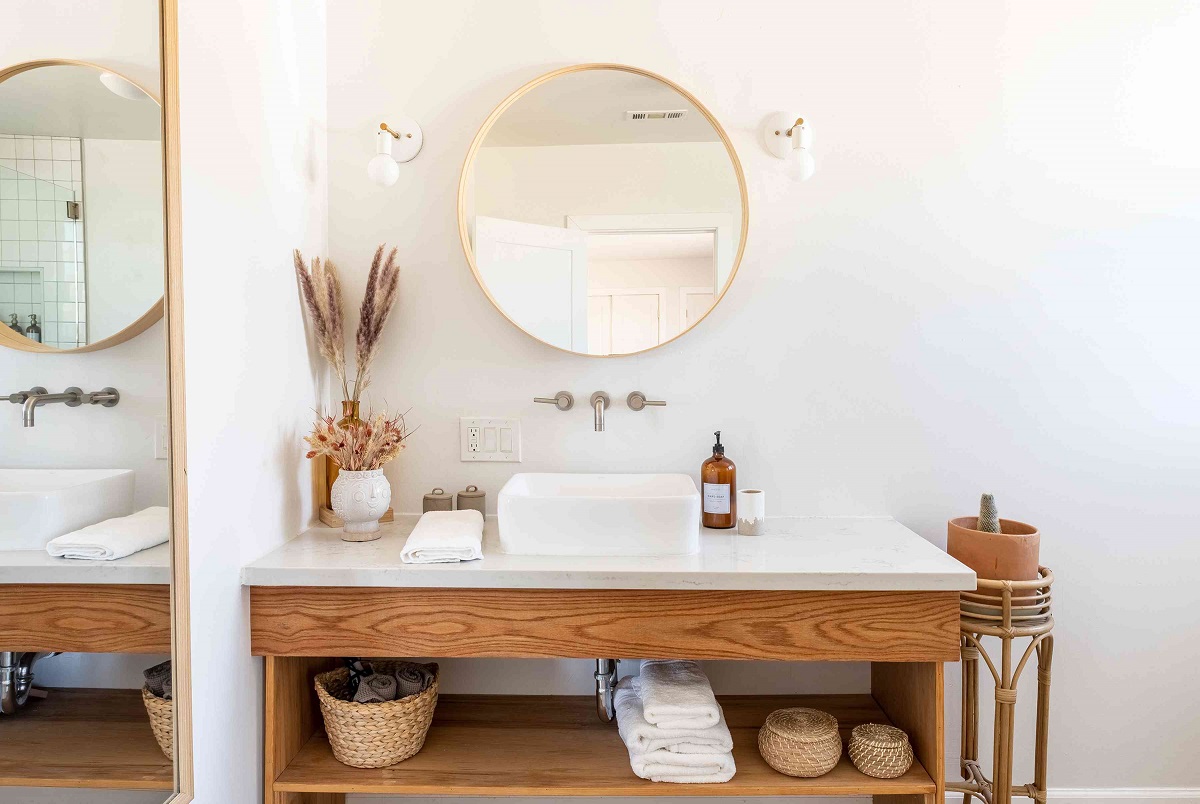
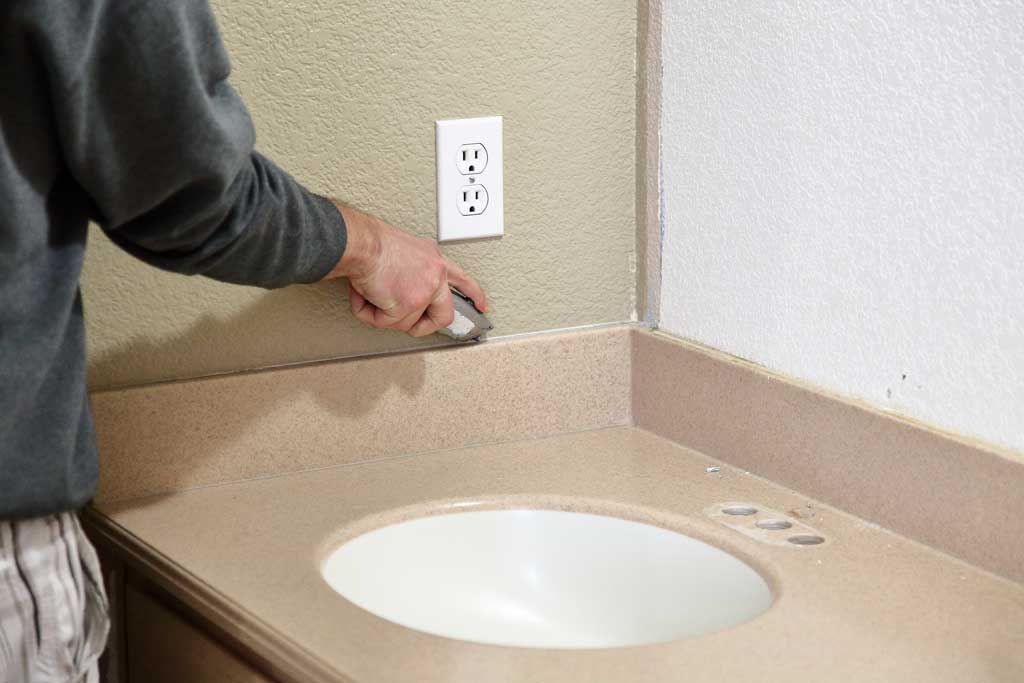
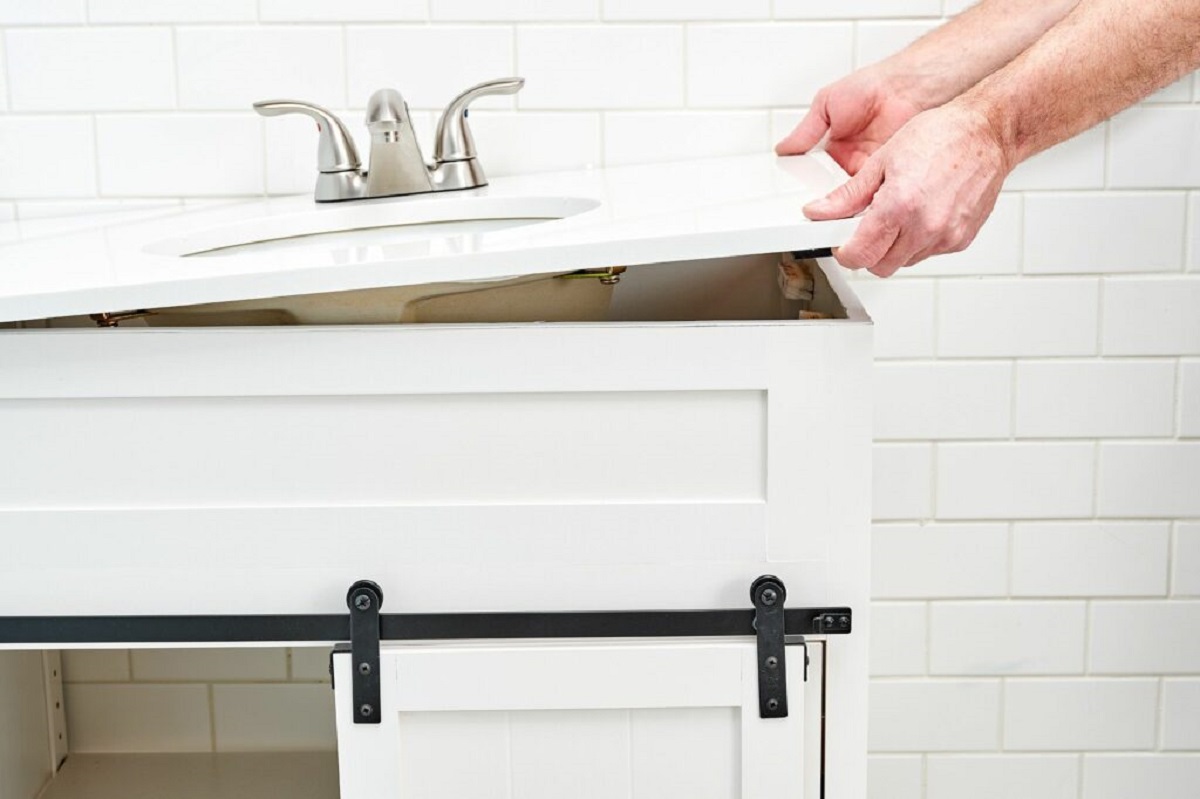
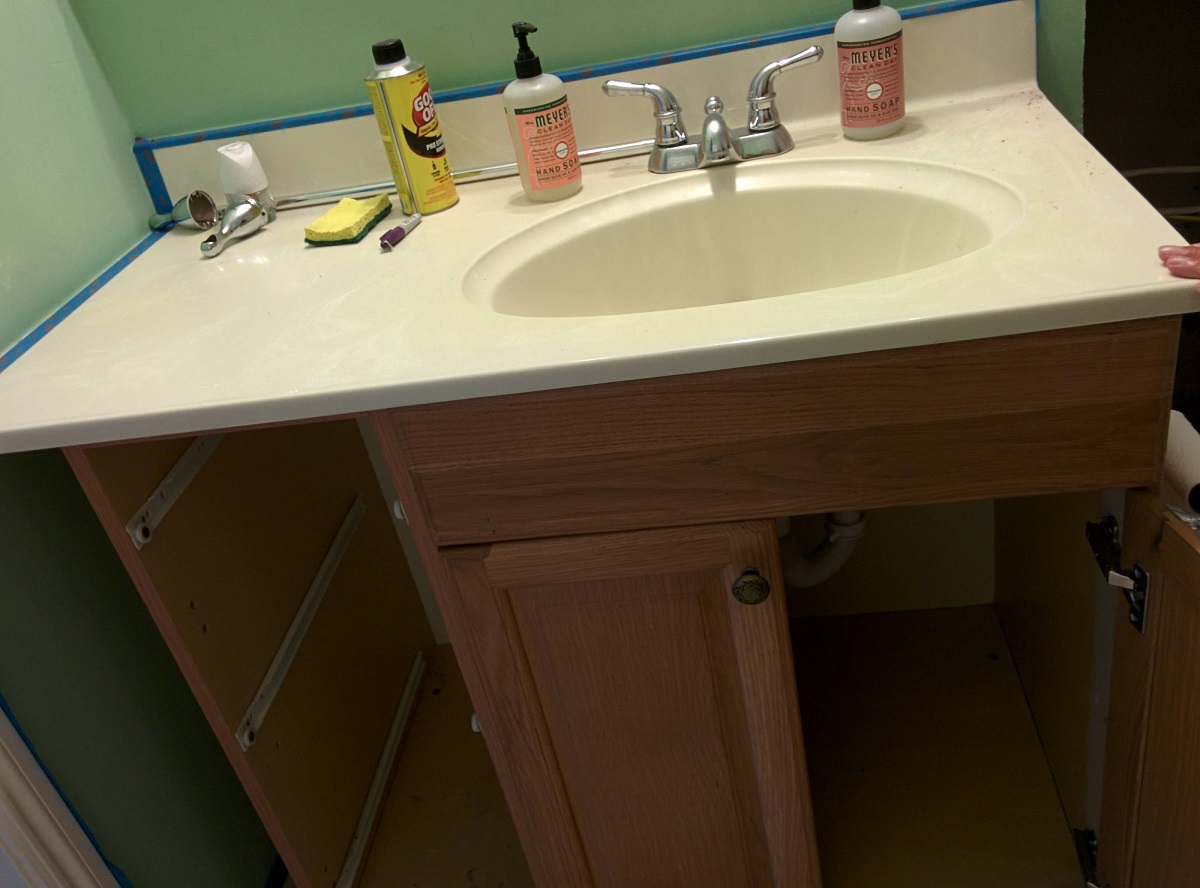
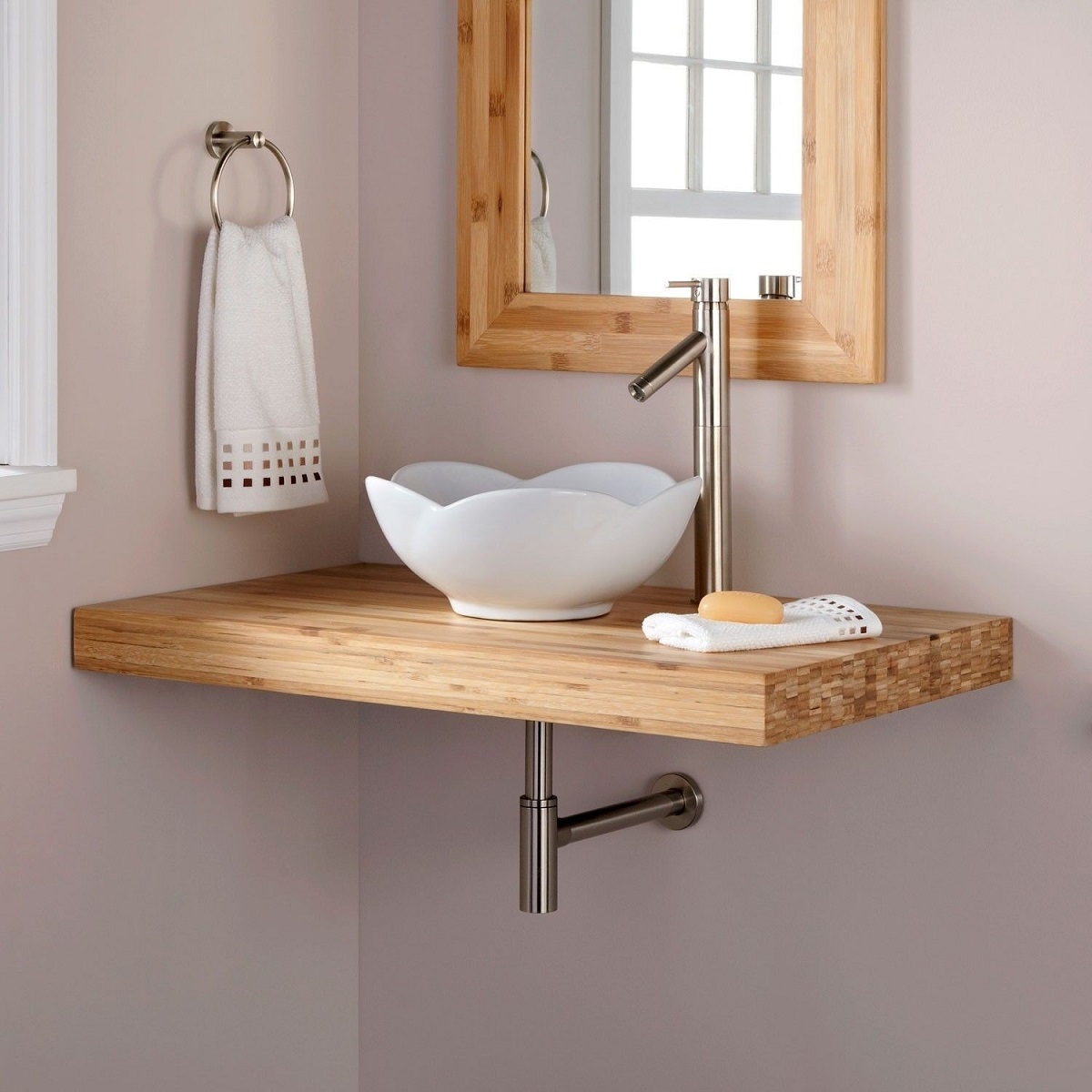
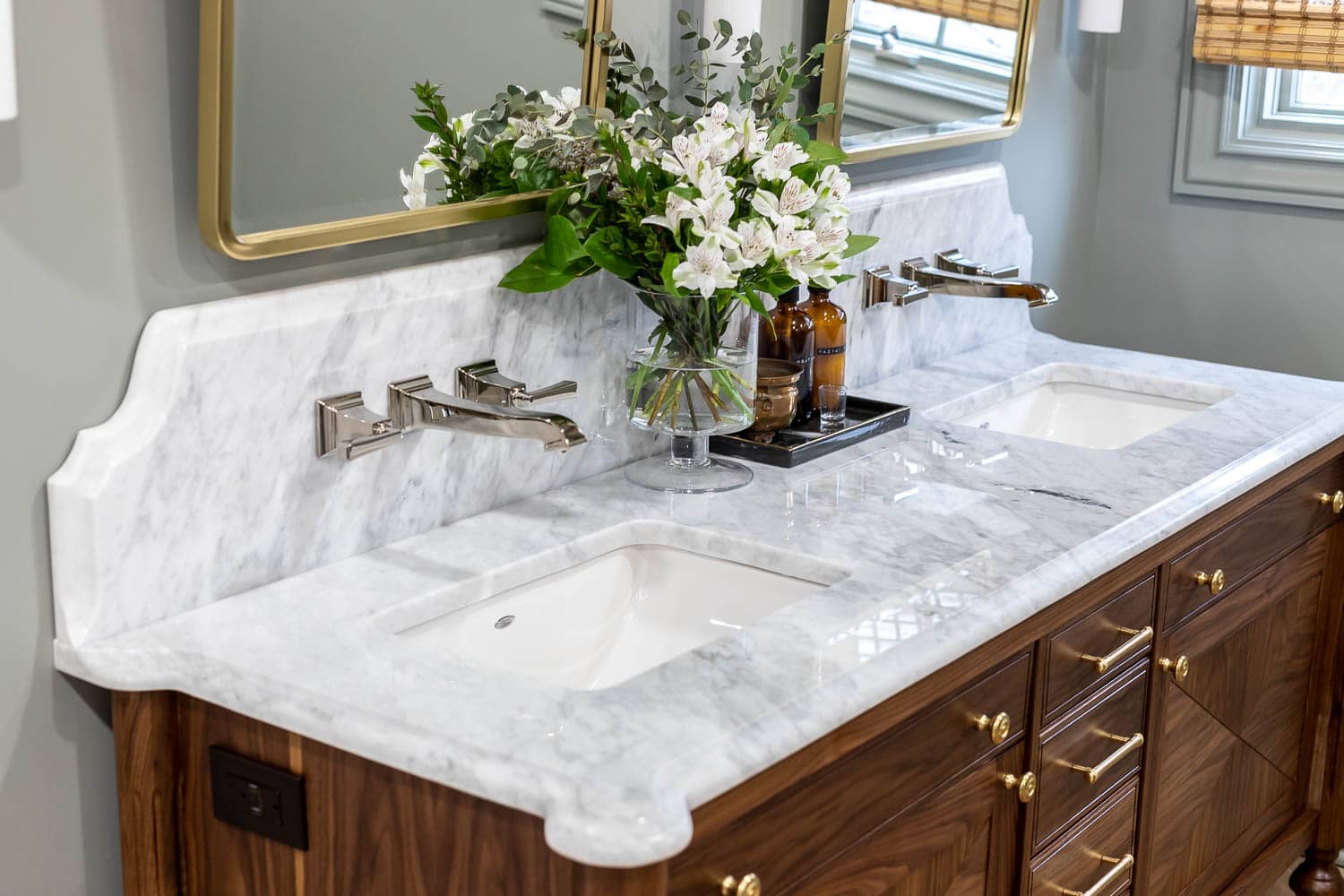
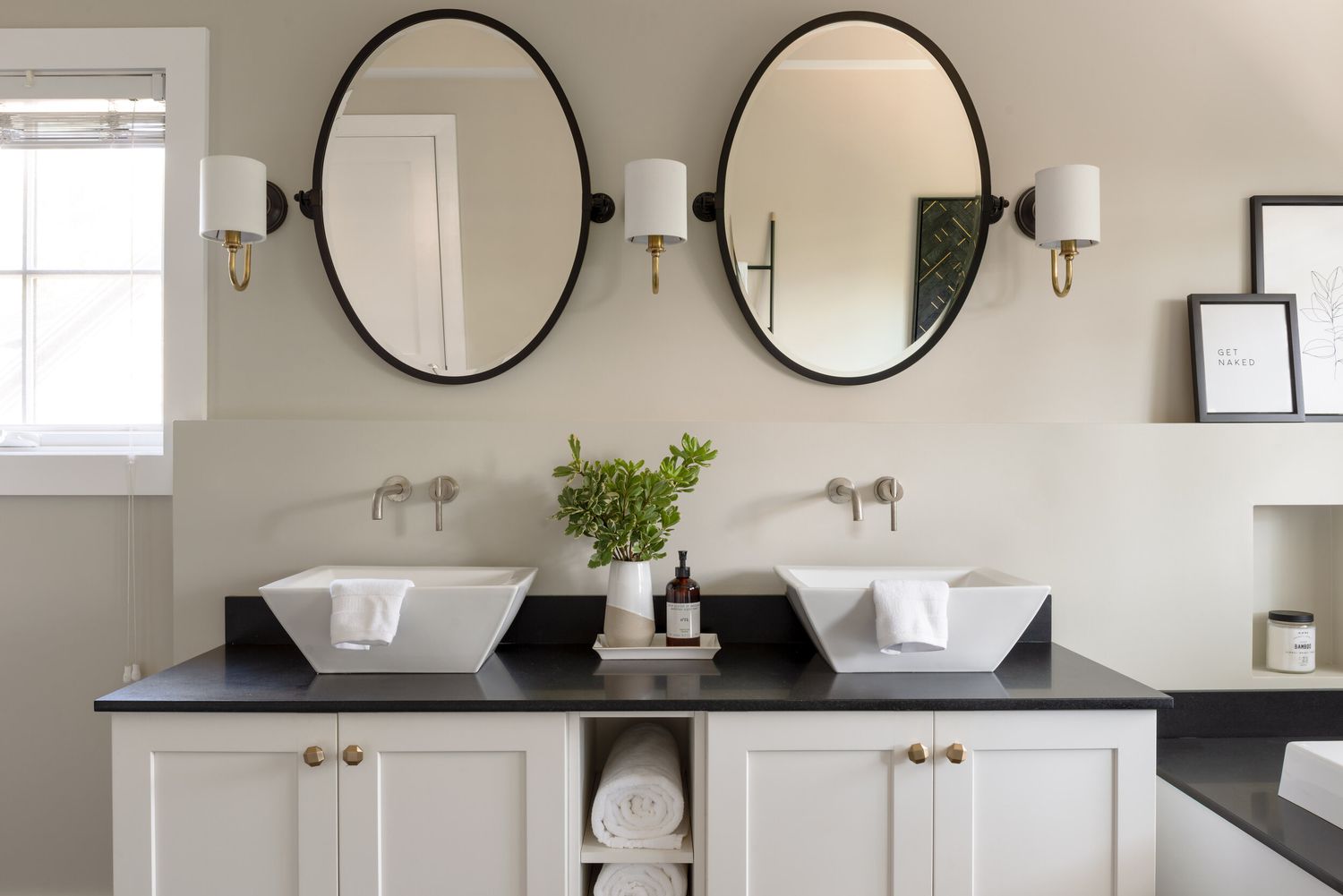
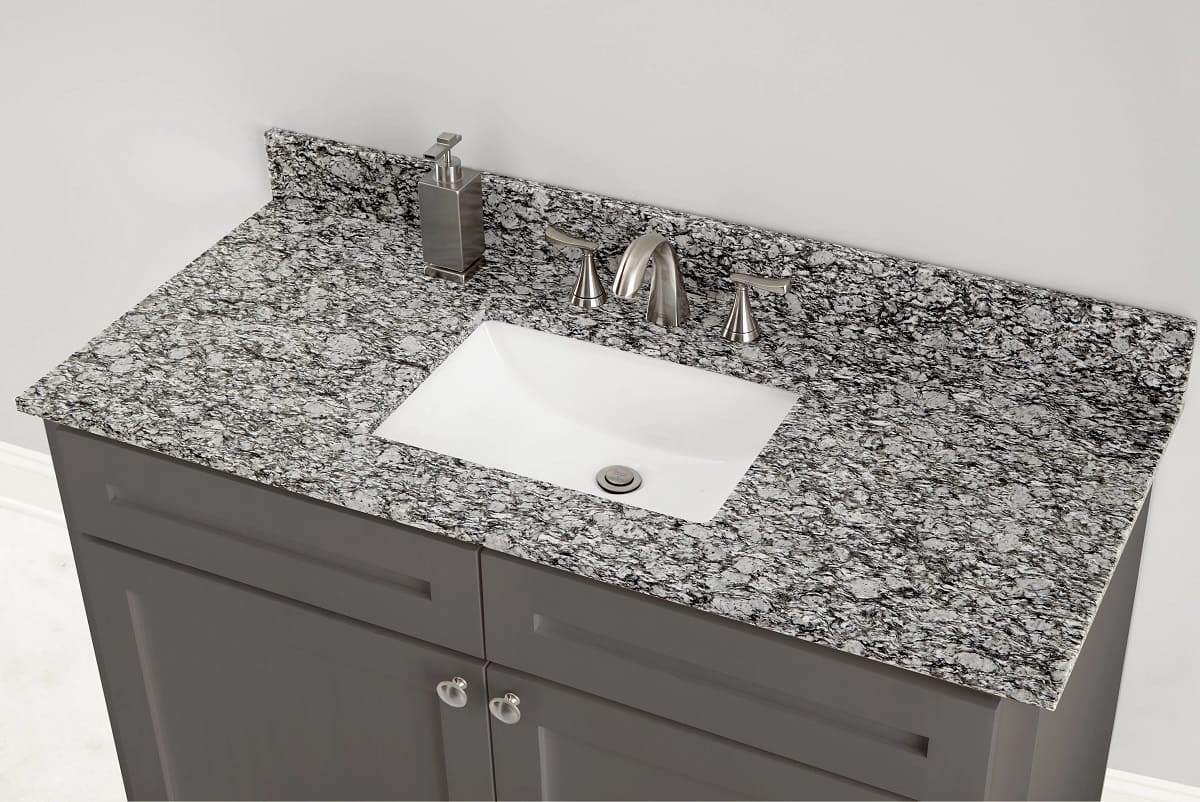
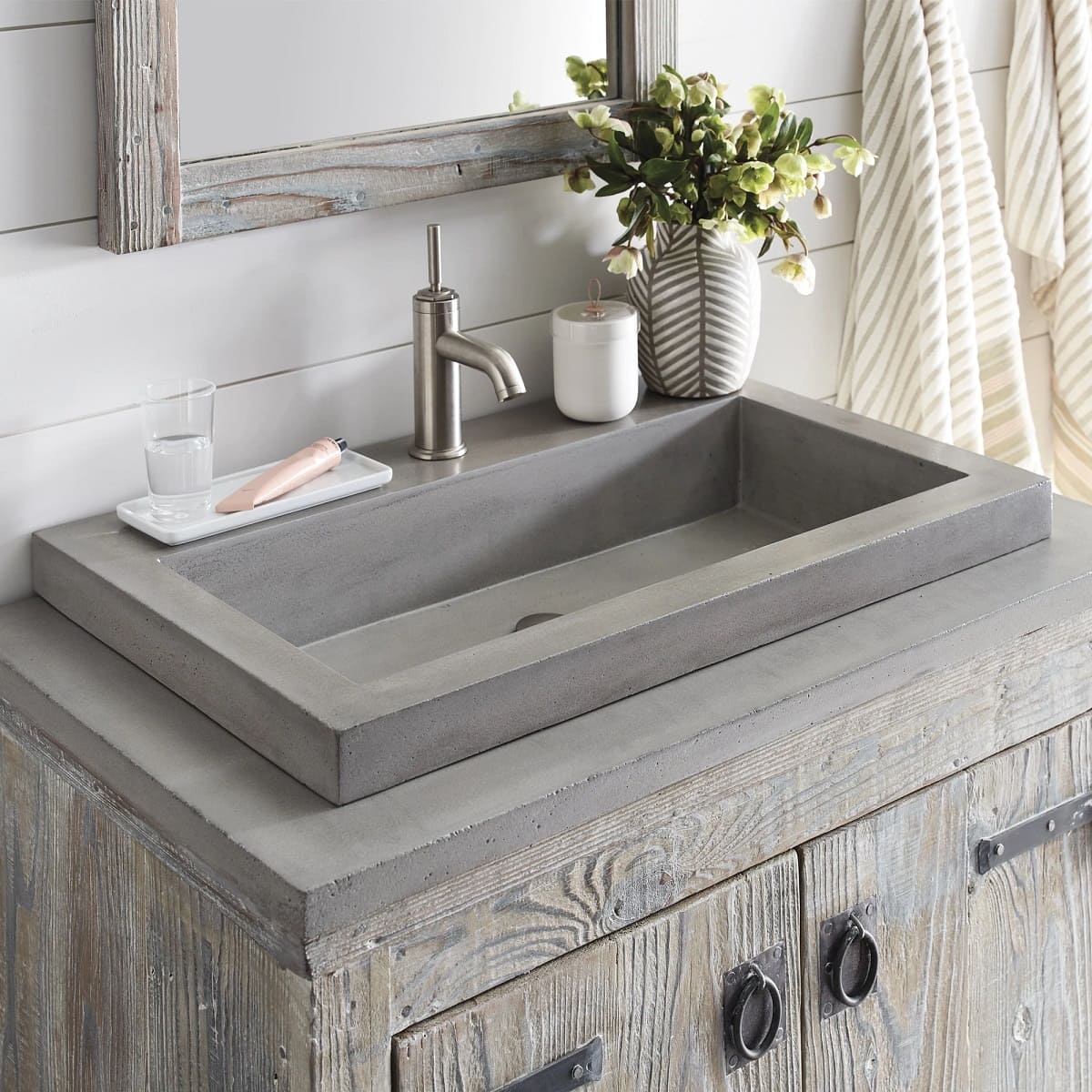
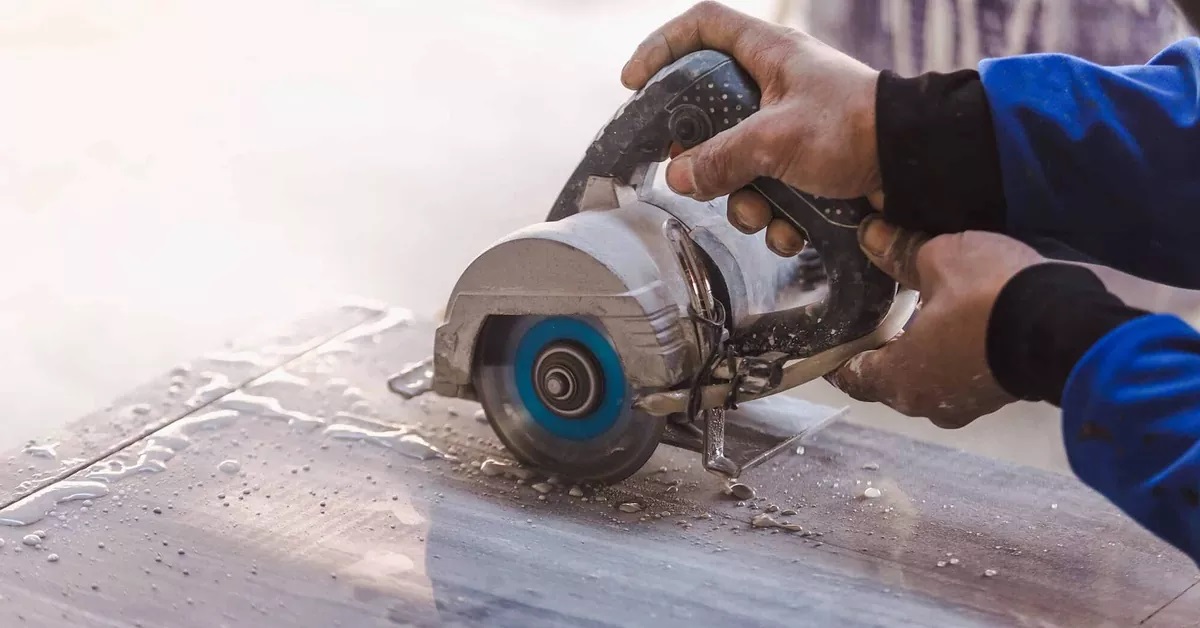
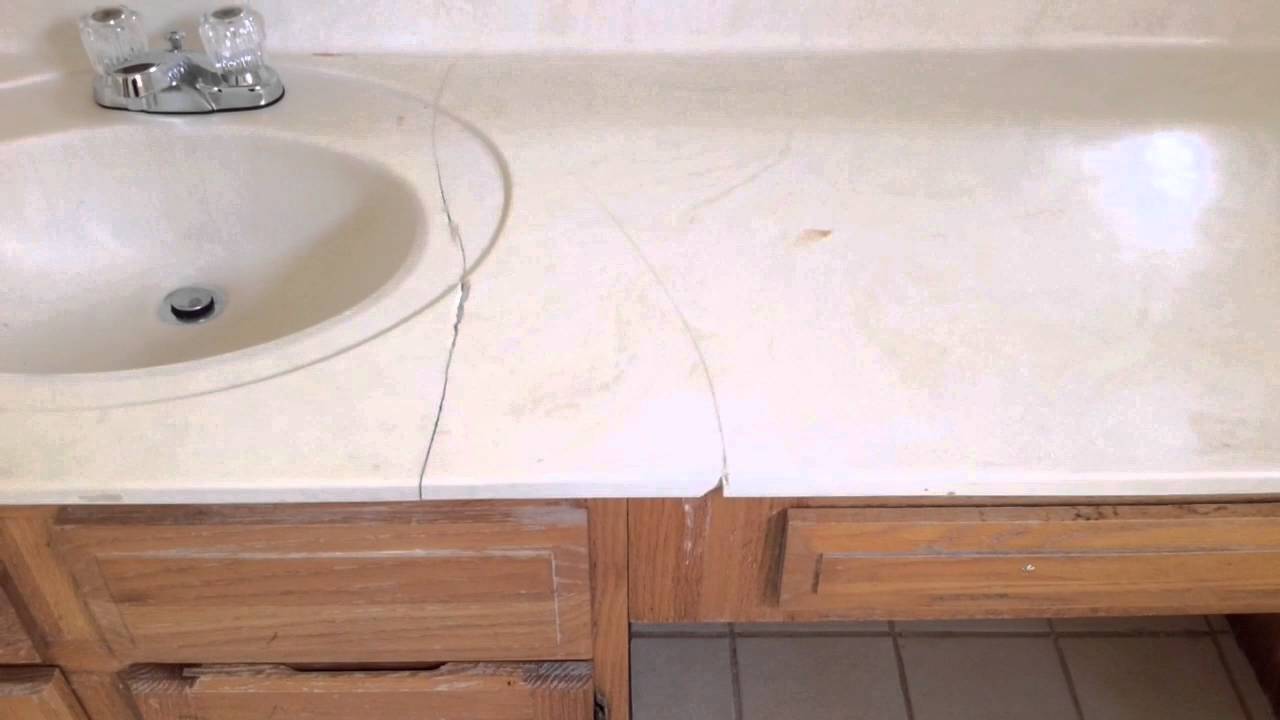
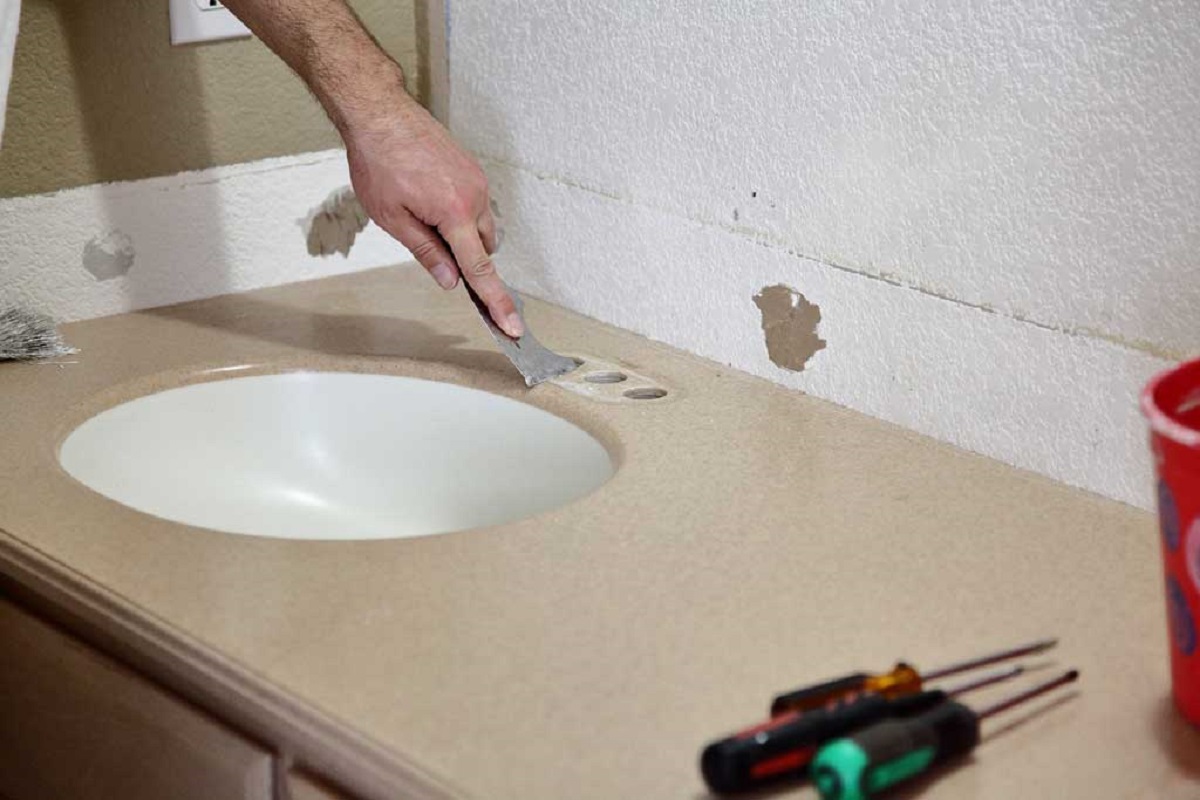

0 thoughts on “What Type Of Caulk For A Vanity Top”